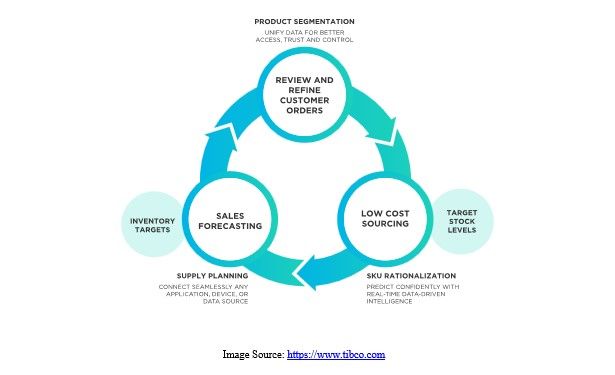Introduction
Efficient inventory management is the backbone of any successful business. It ensures the smooth operation of supply chains, prevents overstocking or understocking, and ultimately impacts customer satisfaction and profitability. However, when inventory management goes awry, it can lead to a range of issues that negatively impact a business. In this blog post, we'll explore the concept of bad inventory management and its consequences, shedding light on why it should be a top priority for any organization.
What is Bad Inventory Management?
Bad inventory management refers to the ineffective handling, tracking, and control of inventory within a business. It encompasses several aspects, including inaccurate forecasting, poor inventory visibility, insufficient monitoring of stock levels, inadequate order fulfillment processes, and inadequate utilization of technology and data.
The Consequences of Bad Inventory Management
a. Stockouts and Lost Sales: Inadequate inventory control can result in stockouts, where popular items are out of stock, leading to lost sales opportunities and dissatisfied customers. This can tarnish a company's reputation and potentially push customers toward competitors.
b. Overstocking and Holding Costs: On the flip side, poor inventory management can lead to overstocking, tying up capital, and storage space. Over time, this excess inventory becomes obsolete, resulting in financial losses and increased holding costs.
c. Inaccurate Forecasting and Production Delays: When demand forecasting is flawed, businesses may fail to align their inventory levels with customer demand. This can lead to production delays, missed deadlines, and inefficiencies in the supply chain.
d. Increased Carrying Costs: Holding excessive inventory incurs additional carrying costs, such as storage fees, insurance, and depreciation. These costs erode profits and tie up working capital that could be invested elsewhere.
e. Wasted Resources and Expired Products: Ineffective inventory management may lead to the wastage of valuable resources and expired products. This harms the bottom line, raises environmental concerns, and undermines sustainability efforts.
f. Inefficient Order Fulfillment: Without proper inventory visibility, businesses struggle to fulfill orders promptly and accurately. This can result in dissatisfied customers, damaged relationships, and a negative impact on customer loyalty.
Strategies to Improve Inventory Management:
a. Adopting Advanced Technology: Implementing inventory management software, barcode systems, and automated data collection tools can enhance inventory visibility, accuracy, and efficiency.
b. Efficient Forecasting and Demand Planning: Employing data-driven forecasting models, conducting market research, and closely monitoring customer demand patterns can help optimize inventory levels and minimize stockouts or overstocking.
c. Implementing Just-In-Time (JIT) Inventory Systems: JIT methodologies minimize excess inventory by ordering goods and materials as close to the production or sales cycle as possible, reducing carrying costs and waste.
d. Implementing Inventory Performance Metrics: Regularly monitoring key performance indicators (KPIs) like inventory turnover ratio, stock accuracy, and carrying costs helps identify areas for improvement and enables proactive decision-making.
e. Strengthening Supplier Relationships: Collaborating closely with suppliers can lead to improved order fulfillment, reduced lead times, and better inventory control.
Conclusion
Bad inventory management can have severe repercussions for businesses of all sizes. It impacts customer satisfaction, profitability, and overall operational efficiency. By recognizing the importance of effective inventory management and implementing strategies to optimize it, businesses can mitigate risks, boost their competitive advantage, and pave the way for long-term success. Investing in advanced technology, data-driven forecasting, and streamlined processes will go a long way in avoiding the pitfalls of bad inventory management, ultimately leading to improved customer experiences, increased profits, and a solid foundation for growth.





